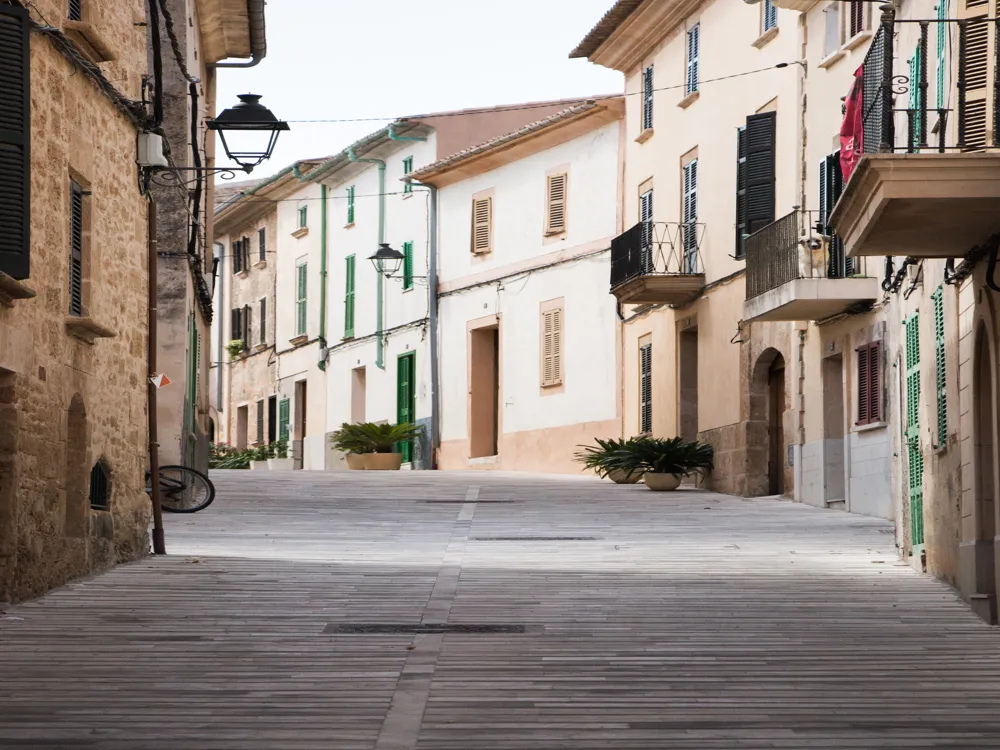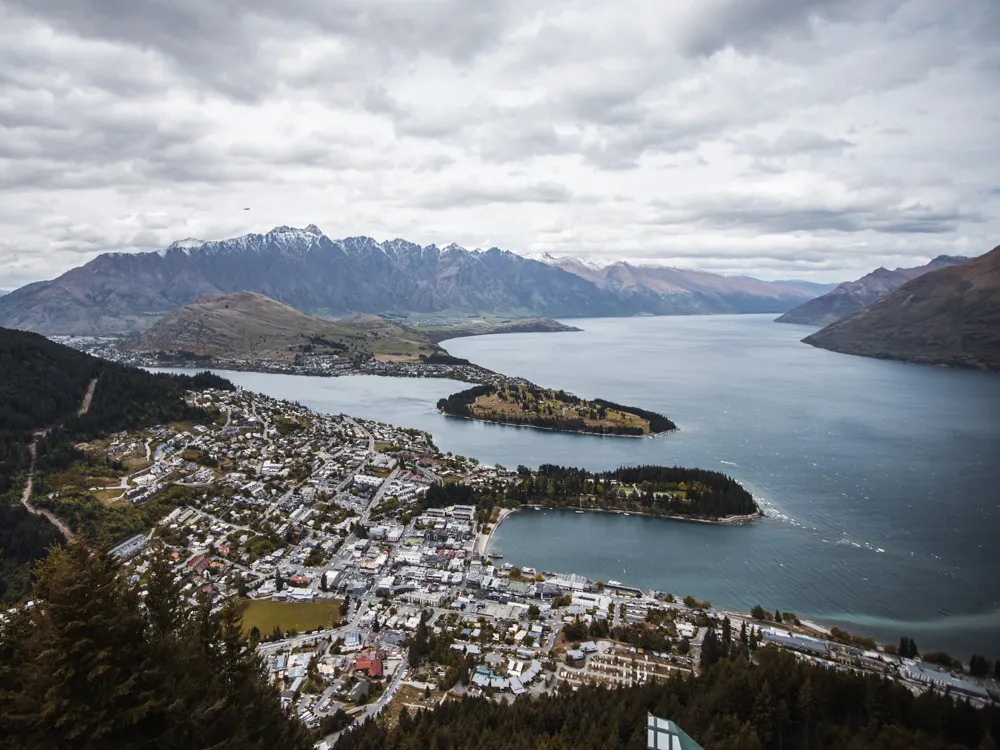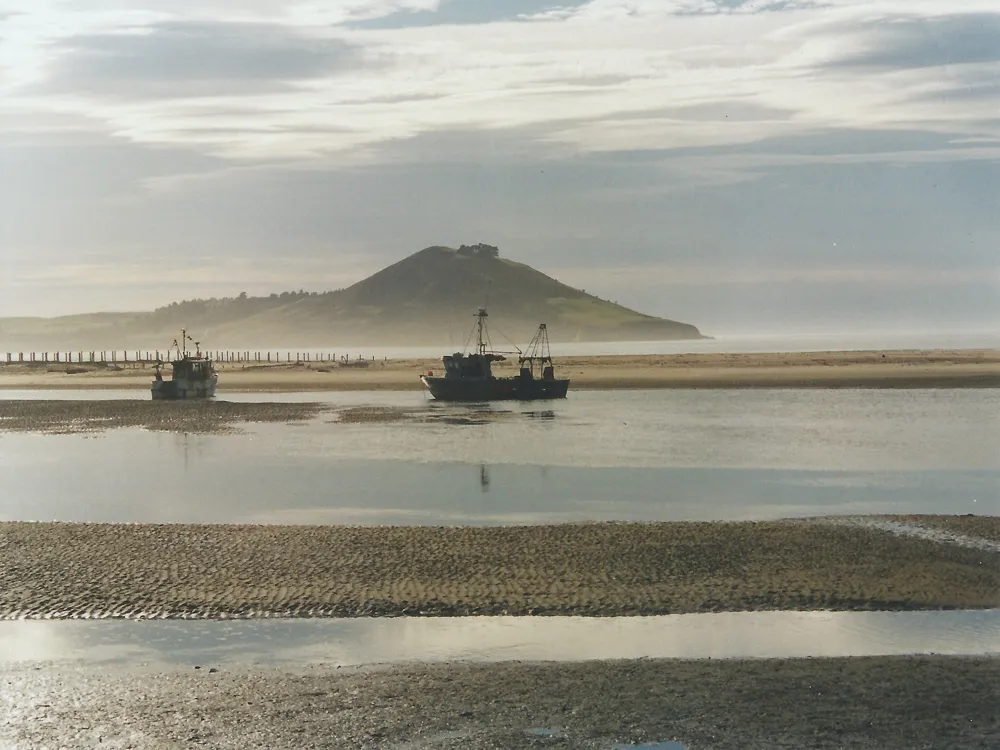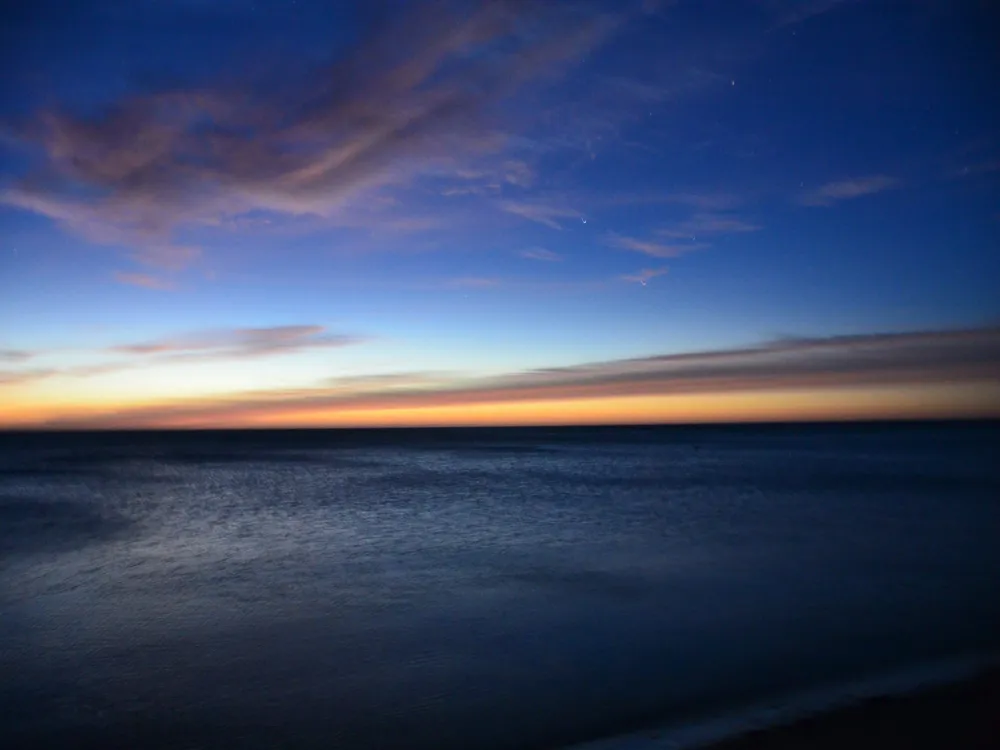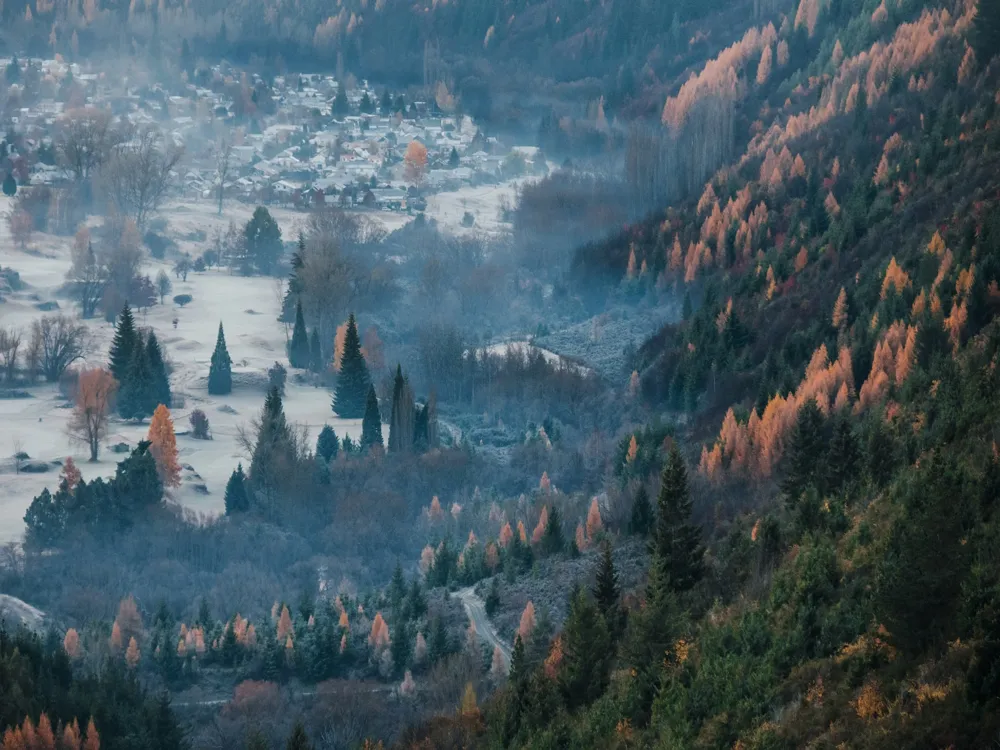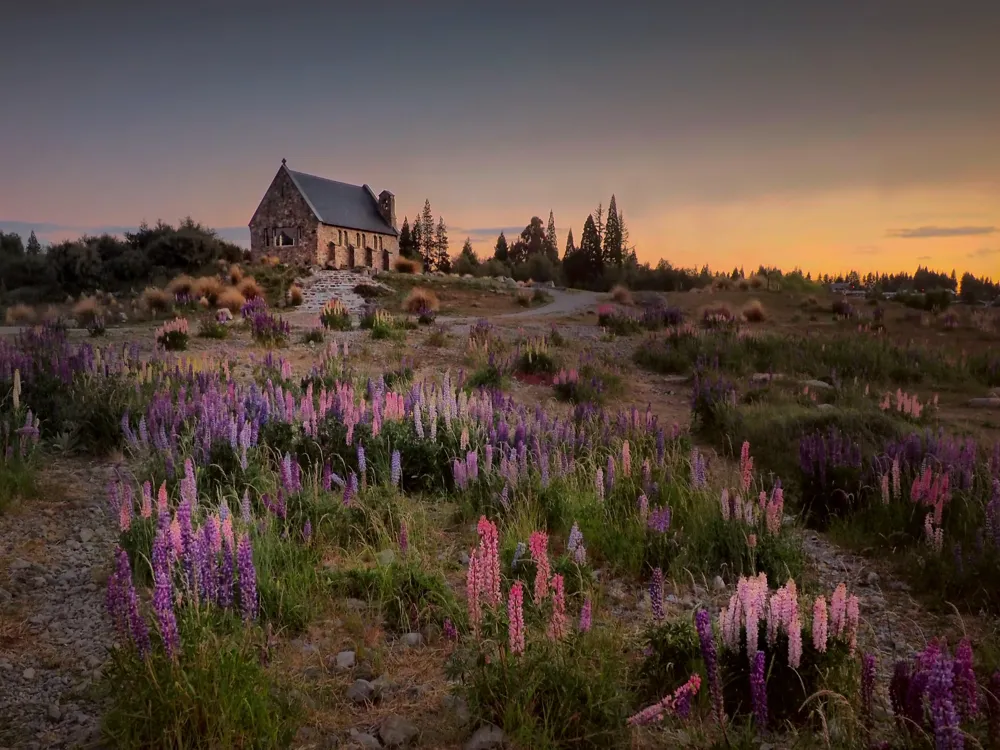Mount Cargill, a prominent landmark in Dunedin, New Zealand, stands as a testament to the city's rich natural beauty and cultural heritage. This majestic mountain, named after Captain William Cargill, an early settler and leader in the region, offers breathtaking views and a unique ecological environment. Its elevation of 676 meters above sea level makes it one of the most significant features of the Dunedin landscape. The mountain's geological history is as fascinating as its flora and fauna. Formed millions of years ago, Mount Cargill is predominantly composed of basalt, a testament to the volcanic activity that once shaped this region. Over time, erosion and other natural forces have sculpted the mountain into its current form, providing a unique insight into the Earth's geological processes. Mount Cargill is not just a geological wonder but also a haven for biodiversity. Its slopes are covered with a mix of native and exotic flora, creating a mosaic of green that changes with the seasons. The mountain is home to a variety of wildlife, including several species of birds unique to New Zealand, making it a popular spot for birdwatchers and nature enthusiasts. The cultural significance of Mount Cargill cannot be overstated. For the local Māori, the mountain holds a special place in their history and mythology. It is associated with various legends and is considered a guardian of the land. The summit offers panoramic views of Dunedin, the Otago Peninsula, and the surrounding areas, making it a favorite destination for photographers and hikers alike. The 'architecture' of Mount Cargill, though natural, presents a fascinating study in the interaction between the Earth's geological processes and human intervention. The mountain's structure is characterized by its rugged terrain, steep slopes, and the iconic Organ Pipes – an impressive array of columnar basalt formations. These natural structures are a striking example of geological architecture, offering a glimpse into the Earth's volcanic past. Human influence on Mount Cargill's architecture is evident in the various tracks and facilities developed to make the mountain more accessible to visitors. These include well-maintained hiking trails, lookout points, and the transmission tower at the summit, which is a notable feature of the Dunedin skyline. This blend of natural and human-made structures creates a unique landscape that is both wild and welcoming. The architectural elements of Mount Cargill extend beyond its physical structures. The conservation efforts in the area reflect a commitment to preserving the mountain's natural beauty and ecological integrity. These efforts include the management of invasive species, habitat restoration, and the protection of native flora and fauna. The result is a landscape that not only captivates the eye but also inspires a deeper appreciation for the natural world. Mount Cargill's architecture, in its broadest sense, represents a harmonious coexistence of nature and human activity. The mountain serves as a natural canvas, displaying the interplay of geological forces, ecological diversity, and human ingenuity. It stands as a symbol of the balance that can be achieved when nature is respected and preserved for future generations. Before planning a trip to Mount Cargill, check the local weather forecast. The mountain's weather can be unpredictable, with conditions changing rapidly. It's advisable to dress in layers and be prepared for rain, wind, or sudden temperature drops. Ensure you have sturdy footwear and a map of the hiking trails. Although the paths are well-marked, it's easy to veer off course. Carry enough water, some snacks, and a basic first aid kit. A charged cell phone and a portable charger can be lifesavers in emergencies. Mount Cargill is home to unique wildlife and plant species. While exploring, stay on marked paths to protect the natural habitat. Take binoculars for birdwatching, and consider a guidebook on local flora and fauna to enhance your experience. Remember that Mount Cargill holds cultural significance for the Māori community. Respect any cultural sites and follow guidelines for visiting sacred areas. If you're unsure, seek information from local guides or information centers. Reaching Mount Cargill is straightforward. It's located about 15 kilometers northeast of Dunedin city center. You can drive to the base of the mountain, where parking is available. The drive offers scenic views and takes approximately 20 to 30 minutes from the city center. Public transportation options are limited, so driving or taking a taxi is recommended. Once at the base, various hiking trails lead up to the summit, each offering different levels of difficulty and unique perspectives of the region.Overview of Mount Cargill in Dunedin
Architecture of Mount Cargill
Tips When Visiting Mount Cargill
Weather Considerations
Hiking Essentials
Wildlife and Plant Life
Respect Local Culture
How To Reach Mount Cargill
Mount Cargill
Dunedin
₹ 142,000 onwards
View dunedin Packages
Dunedin Travel Packages
View All Packages For Dunedin
Top Hotel Collections for Dunedin

Private Pool

Luxury Hotels

5-Star Hotels

Pet Friendly
Top Hotels Near Dunedin
Other Top Ranking Places In Dunedin
View All Places To Visit In dunedin
View dunedin Packages
Dunedin Travel Packages
View All Packages For Dunedin
Top Hotel Collections for Dunedin

Private Pool

Luxury Hotels

5-Star Hotels

Pet Friendly







